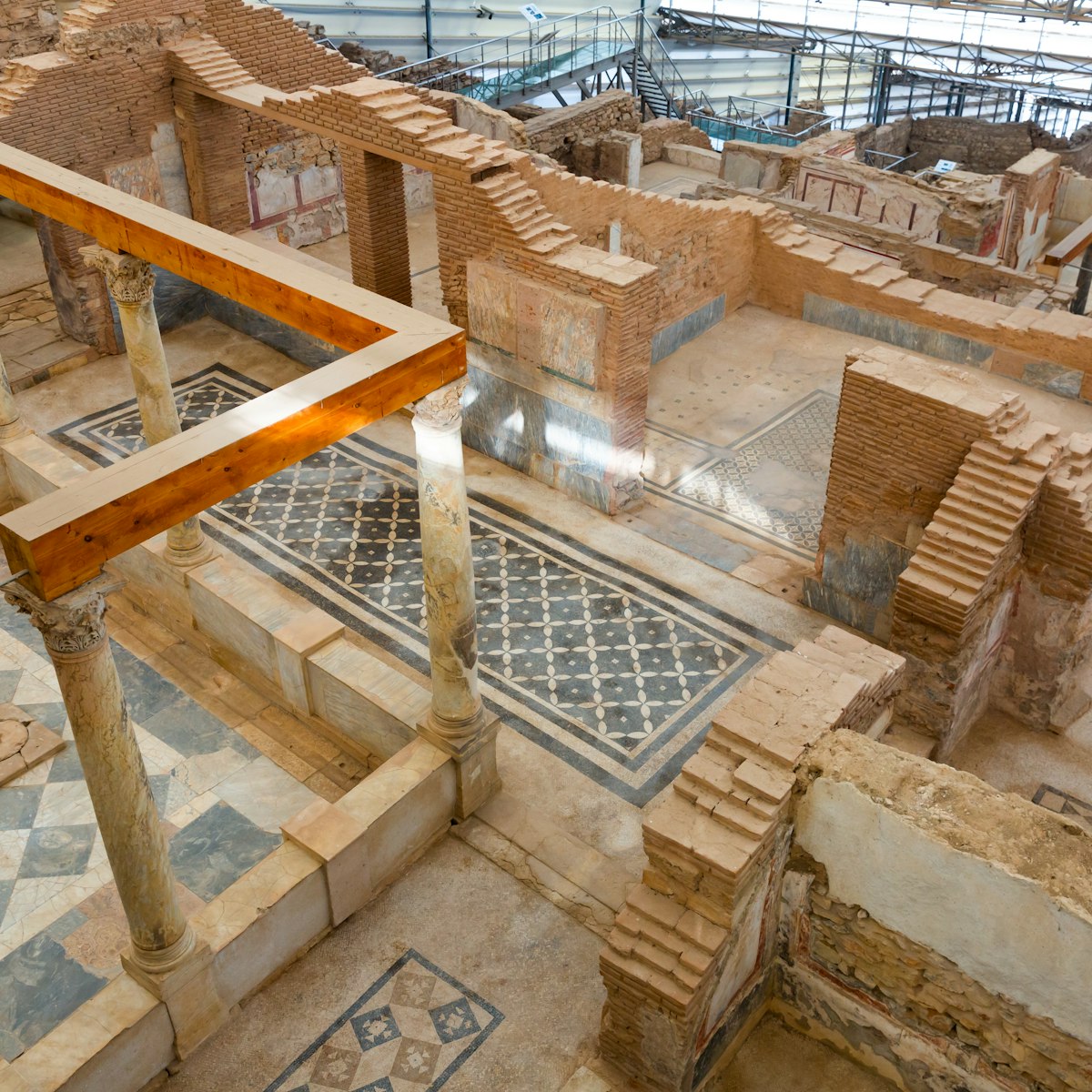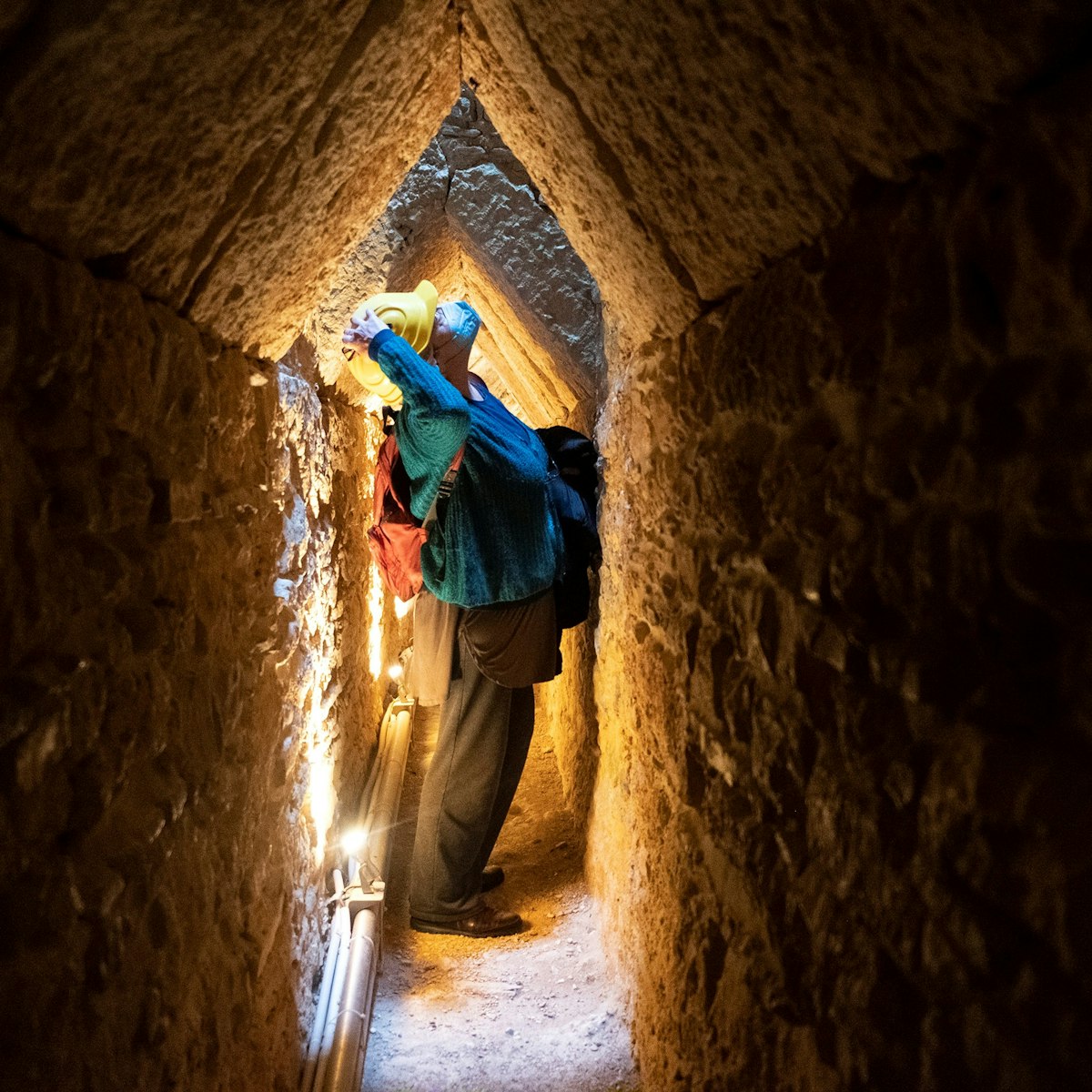This magnificent library dating from the early 2nd century AD, the best-known monument in Ephesus, has been extensively restored. Originally built as part of a complex, the library looks bigger than it actually is: the convex facade base heightens the central elements, while the middle columns and capitals are larger than those at the ends. Facade niches hold replica statues of the Four Virtues. From left to right, they are Sophia (Wisdom), Arete (Goodness), Ennoia (Thought) and Episteme (Knowledge).
The originals are in Vienna's Ephesus Museum; the Austrian Archaeological Foundation restored the Library of Celsus in the 1970s.
As a Greek and Latin inscription on the front staircase attests, Consul Gaius Julius Aquila built the library in AD 110 to honour his deceased father, Gaius Julius Celsus Polemaeanus, the governor of Asia Minor from 105 to 107, who was buried under the building's western side. Capable of holding 12,000 scrolls in its wall niches, the Celsus was the third-largest library in the ancient world after those at Alexandria and Pergamum. The valuable texts were protected from temperature and humidity extremes by a 1m gap between the inner and outer walls.
The library's monumental facade lay in ruins for many centuries, but was reconstructed in the 1970s.





